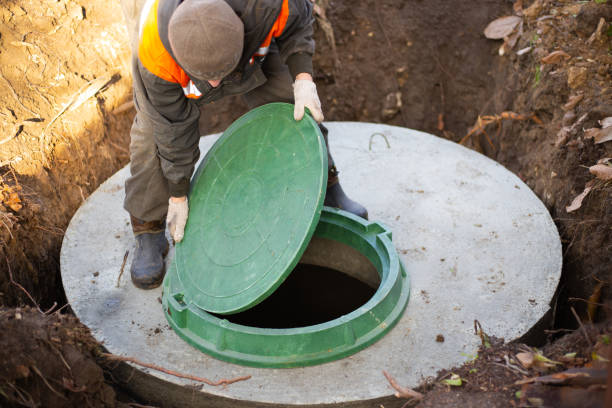
A sewage-disposal tank is a crucial element of a home’s wastewater monitoring system. It plays an important role in gathering and dealing with sewer prior to securely throwing away it in the ground. Nonetheless, like any kind of other system, septic tanks have a finite life-span and may require to be replaced eventually. In this post, we will explore the indications that indicate the requirement for septic tank replacement and the actions associated with the procedure.
Among the most usual signs that your sewage-disposal tank needs substitute is age. Generally, a properly maintained septic system can last anywhere from 20 to 40 years. However, if your container is coming close to or has surpassed this age array, it might be time to consider replacement. Older storage tanks are more susceptible to rust, deterioration, and structural damages, which can cause leakages and sewer backups.
Another sign of a falling short septic system is frequent drain problems. If you constantly experience slow drains pipes, gurgling sounds, or undesirable odors originating from your plumbing components, it could show a trouble with your septic system. These concerns may arise as a result of a clogged or failing tank that is no more able to appropriately refine wastewater. In such instances, this sandy septic tank replacement service is typically required to bring back the performance of the system.
High groundwater levels in your area can likewise contribute to the demand for septic tank replacement. If the water level is as well near the surface area, it can put excessive pressure on the storage tank, triggering it to break or shift. This can jeopardize its structural integrity and result in leakages or full failure. In areas susceptible to flooding or hefty rains, the danger of groundwater intrusion into the container is even greater, making replacement a viable option to avoid prospective catastrophes.
When it concerns sewage-disposal tank replacement, it is very important to seek advice from a specialist. They will evaluate the condition of your existing tank and figure out if a substitute is indeed essential. The replacement process usually entails draining and removing the old tank, checking the surrounding soil for any indicators of contamination, and installing a new container that satisfies the called for specs and policies. Additionally, view here for more details on when to perform a septic tank replacement.
To conclude, septic tank replacement is necessary when the container reaches the end of its life-span, experiences regular water drainage problems, or is influenced by high groundwater degrees. If you believe any problems with your septic system, it is critical to address them without delay to avoid more damage and costly repair work. Routine upkeep and examinations can additionally help prolong the life of your sewage-disposal tank and minimize the requirement for replacement in the future.
You can learn more about this topic here: https://en.wikipedia.org/wiki/Septic_tank.